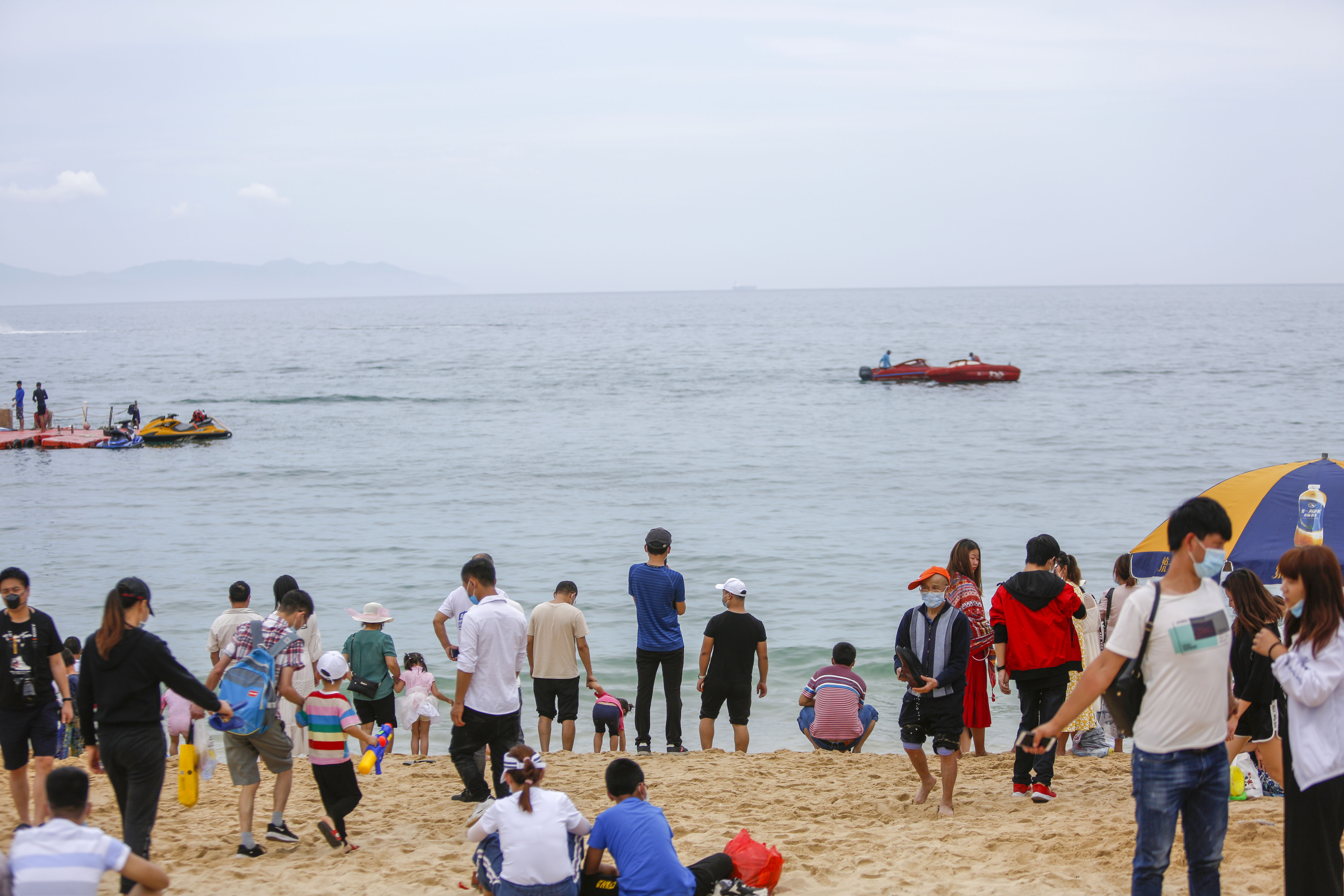Summer has come, it’s time to eat seafood and go swimming! Guangdong CDC reminds, residents should beware of Vibrio vulnificus, which is one of the three major Vibrio species that can cause infections in humans, along with Vibrio cholerae and Vibrio parahaemolyticus.

(Photo: Nanfang Daily)
What is Vibrio vulnificus?
Vibrio vulnificus is a bacterium that exists in coastal environments.
It is usually active from March to November, especially in summer.
It is often found in seafood from Zhejiang, Fujian, Guangdong, Guangxi, and Taiwan.
How will people be infected?
In daily life, the common ways of Vibrio vulnificus infection are: raw seafood consumption and wound contact.
High-risk groups with the following conditions are prone to severe infections:
Patients with cirrhosis and other types of liver disease;
HIV carriers, people with immune deficiencies, for example, systemic lupus erythematosus;
Patients with chronic diseases, such as cardiovascular and cerebrovascular diseases, diabetes, and chronic heart failure;
Alcoholics.
According to Guangdong CDC, although Vibrio vulnificus is dangerous, healthy people with normal immune functions are less likely to suffer from peroral infection.
Everyone should be wary of infection through wounds.
How to avoid contracting Vibrio vulnificus?
According to Dr. Huang Qiong, Institute of Nutrition and Food Safety, Guangdong Provincial Center for Disease Control and Prevention, since there are two ways of Vibrio vulnificus infection, the following ways can effectively prevent it:
1.Avoid raw seafood.
People with liver disease or immune deficiency (due to treatment or underlying disease), and alcoholics should avoid raw seafood.
2.Avoid skin punctures.
When cleaning and handling seafood, separate the raw and cooked oneGuangdongs. Wear gloves to avoid skin punctures. Seek immediate medical attention when having discomfort after punctures, such as redness and swelling.
3.Cook seafood properly.
For shellfish:
Bring water to a boil, boil until the shell opens for 5 minutes;
Steam it until the shell opens for 9 minutes;
Do not eat shellfish whose shells don’t open during cooking.
For seafood without shells:
Boil it until the water has been boiling for 3 minutes;
Fry it for at least 10 minutes at about 190℃.
4.Eat it timely.
Seafood should be consumed in a timely manner after cooking. The remaining should be sealed and kept refrigerated.
5.When having wounds in the body or low immunity, avoid swimming in the sea.
Author | Hannah, Zhang Xiao (intern)
Editor | Wing, Nan, Jasmine, Jerry
















